
策展人 :崔 波 朱晓兵
Curator: Cui Bo Zhu XiaoBing

百 年 游 牧
—关于我的《太阳圆》影像系列•布里亚特人
文/阿音
布里亚特,是游牧蒙古人古老的一支。
我走近中国布里亚特拍摄10年之久。
用影像记录了中国布里亚特的变革与发展。
游牧蒙古人历来推崇圆形,他们住的蒙古包是圆的,蒙古包的天窗是圆的,而且门朝太阳升起的方向;蒙古人的敖包是圆的,他们祭敖包时顺着太阳的方向绕敖包三圈祈福,他们的羊圈也是圆的,他们把这种圆形称之为“太阳圆”,寓意圆满。
因此,这部摄影专题便命名为《太阳圆》影像系列。
《太阳圆》影像系列由“布里亚特家园”“布里亚特人”“布里亚特日历”三个部分组成。“布里亚特人”是中国布里亚特的生活纪实。是当下布里亚特人的历史、文化、生活、习俗的传承与发展的见证;是布里亚特人特有的精神气质与内心世界的刻画;是坚韧的布里亚特人和苍茫的草原扑面而来的生命气息凝固而成的时代影像,是21世纪中国游牧蒙古人的时代记忆。
布里亚特分布在中国、俄罗斯和蒙古国,现有50多万人口。其中中国有8000余人,俄罗斯有45万左右,蒙古国有4万余人。其先民游牧在贝加尔湖一带从事打猎、捕鱼、放牧为生,13世纪初成为成吉思汗的部署,17世纪被白俄罗斯统治。第一世界大战和俄国十月革命使俄罗斯国内局势动荡不安,部分布里亚特人迁入中国呼伦贝尔定居。至今已有100年历史。他们现归属内蒙古自治区呼伦贝尔市鄂温克民族自治旗锡尼河西苏木(乡)和锡尼河东苏木。也叫他们为锡尼河布里亚特。
《太阳圆》影像系列,以社会学、人类学,民俗学的视角关注21世纪中国游牧蒙古人的生活现状与命运。记录生活在当下的布里亚特蒙古人的日常生产生活常态,叙述21世纪布里亚特蒙古人的历史文化、宗教信仰、民俗民风、生态文明、时代发展等;以布里亚特蒙古人的相貌、形态、服饰、家园、家当及生态为符号,为新时代游牧蒙古人留影存档。同时以人与人,人与社会,人与自然的关系为焦点思考了当今社会大变革、机械化、城市化的潮流中,中国草原游牧蒙古人怎样与社会、与自然和谐相处经营传统畜牧业,怎样应对城市化继续民族文化传统等等问题。
Hundreds of years of nomady
The the sun circle image series of mine, Buryats
By A Yin
Buryat, an ancient branch of nomadic Mongols.
I have been shooting in Buryatia, China,for 10 years,recording the change and development of Buryatia in China.
The nomadic Mongols have long admired roundness.The yurts they live in are round,the skylight in the yurt is round,the doors face the direction of the rising sun.The Mongolian Obao is round. Buryat Mongolian go clockwise three times around the Obao blessing,when they offered sacrifices to the Obao. Their sheepfold is round, too,which are called these circles "solar circles " by the nomads,meaning of perfection. In view of this, the photography project is named solar series.
The photography series consists of three parts: "Buryat Home", "Buryat People" and "Buryat Calendar". "Buryat Home" is a documentary of life in Buryat, China. It is the witness of the inheritance and development of Buryat Mongolian history, culture, life and customs which reflects a characterization of Buryat unique spiritual temperament and inner world. It is a time images solidified by the life breath of the tough Buryatia and the vast grassland .It is the memory of Chinese nomadic Mongols in the 21st century.
Buryat Mongolian, which is spread across China, Russia and Mongolia, has a population of more than 500,000. More than 8,000 Buryat Mongolian are in China, 450,000 in Russia and 40,000 in Mongol.Their ancestors hunted, fished and herded around Lake Baikal, and became subjects of Genghis Khan in the early 13th century. They were ruled by Belarus in the 17th century. The First World War and the October Revolution made Russia unstable. The First World War and the October Revolution made Russia unstable, and some Buryats moved to Hulunbuir in China to settle down.They have been grazing cattle in Hulunbuir for 100 years.They live in Xinihe and Western Xinihe Sumu (Township), Hulunbuir Ewenki National Autonomous Banner, Inner Mongolia Autonomous Region, so they are also called the Sini Buryats.
The solar series focuses on the living situation and fate of nomadic Mongolians in China in the 21st century from the perspectives of sociology, anthropology and folklore.It records the daily production and life of Buryats living in the present, and narrates the history and culture, religious beliefs, folk customs, ecological civilization and the development of times of Buryats in the 21st century. It takes the appearance, form, clothing, home, household goods and ecology of Buryats as symbols to take photos and archive for nomadic Mongolians in the new era. At the same time, it focuses on the relationship among people, between people and society, and nature. It also considers how Chinese grassland nomadic Mongolians manage traditional animal husbandry in harmony with society and nature, and how to cope with urbanization and continue their national cultural traditions in the great social changes, mechanization and urbanization.
展览部分作品
Part of the works
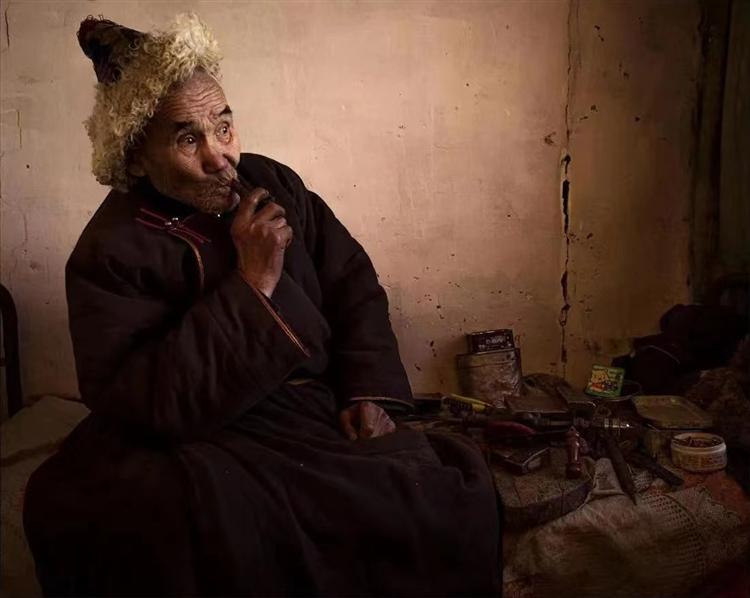
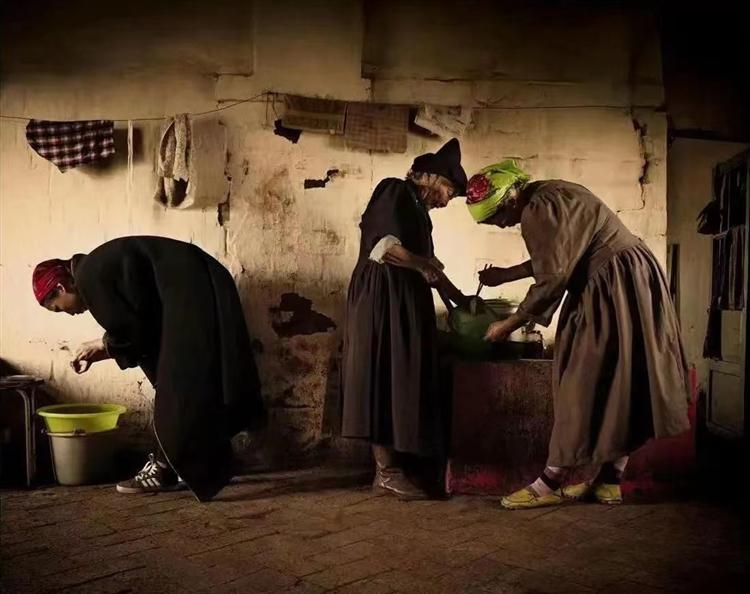


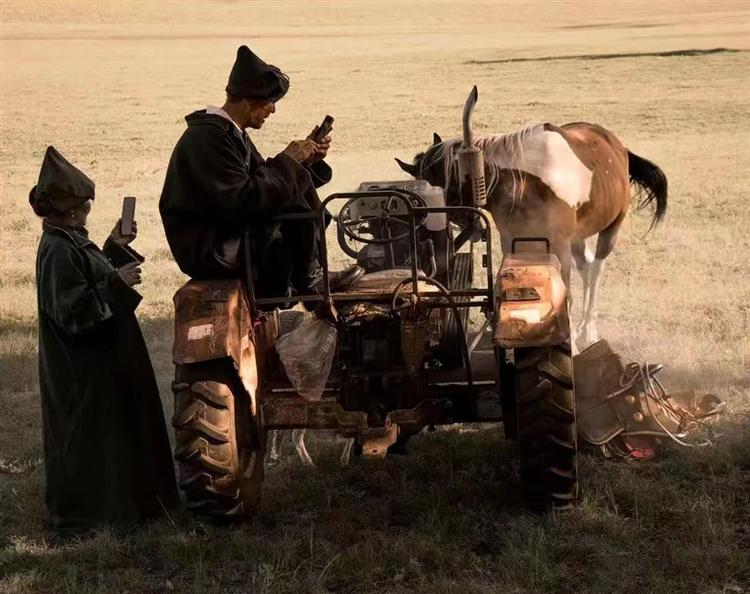
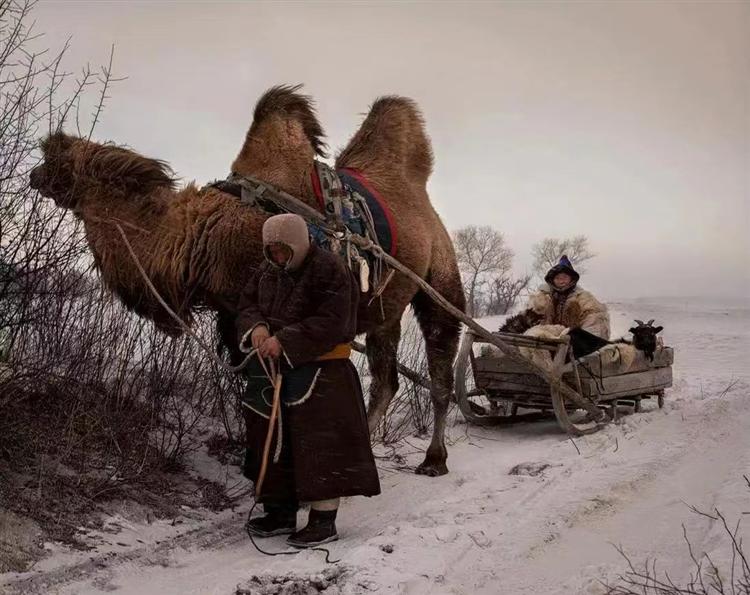


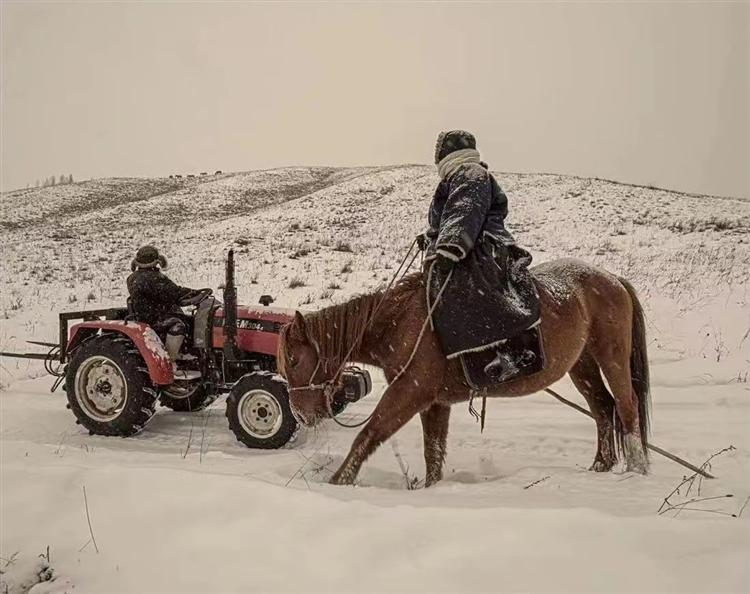
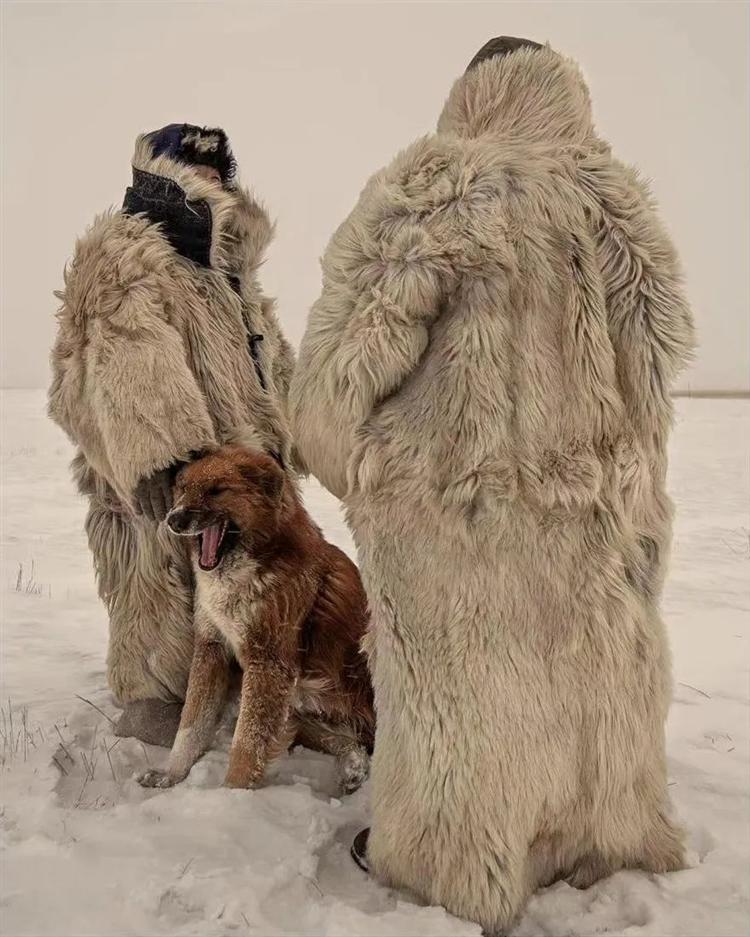
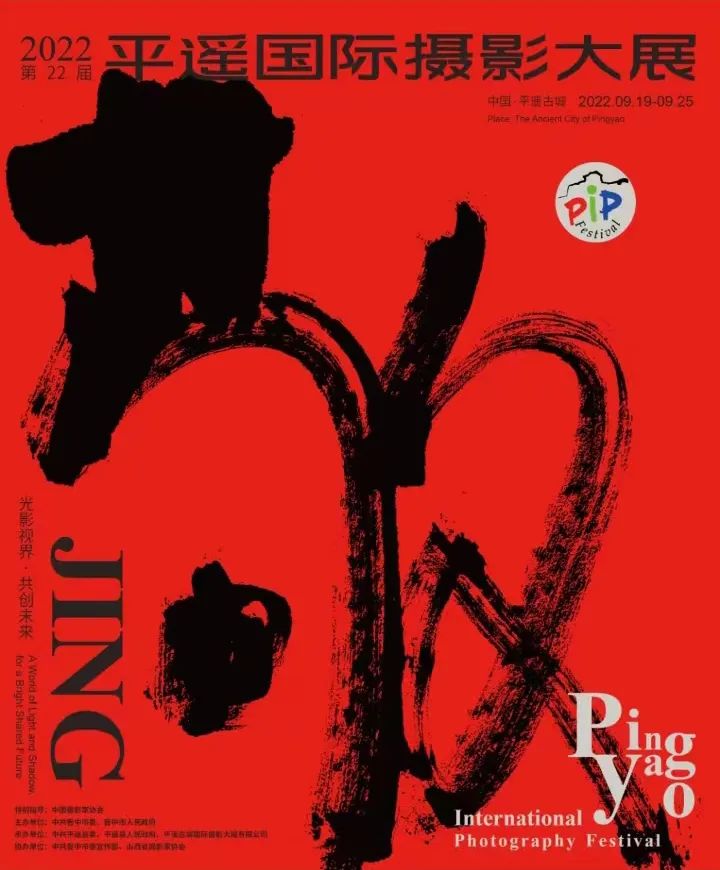
展览地点:平遥国际摄影大展柴油机厂展区 A3 展厅
展览时间:2022年9月19日 - 25日